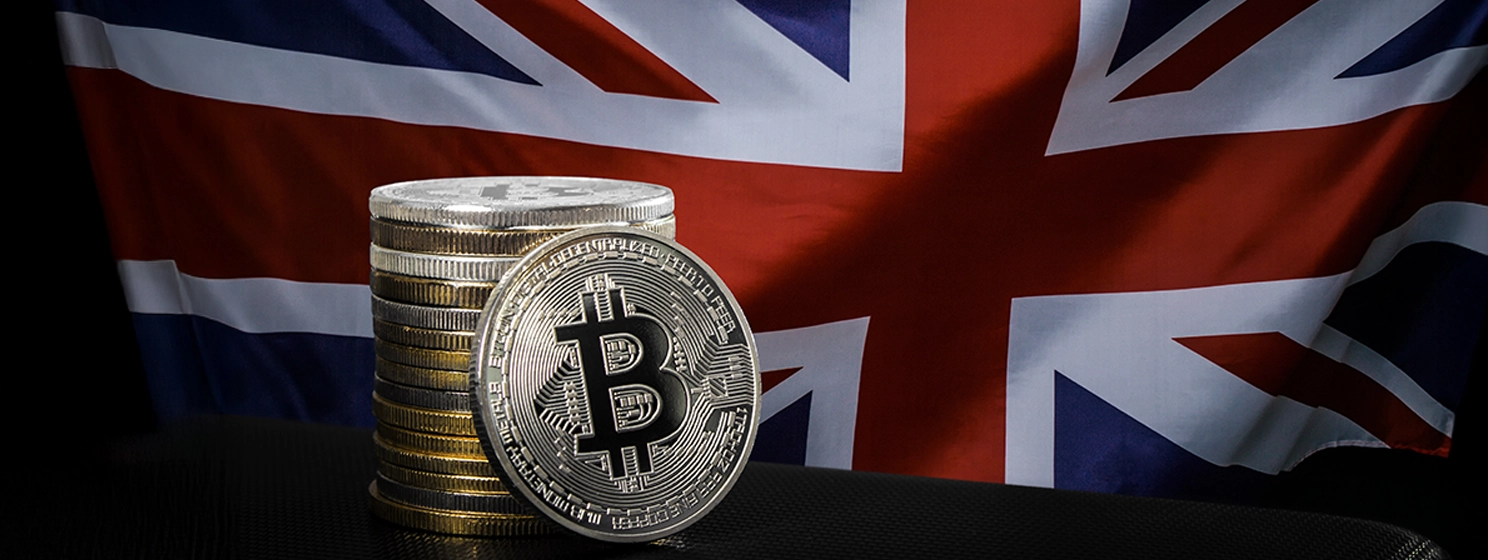|
Getting your Trinity Audio player ready...
|
Digital wallet adoption in Hong Kong is soaring, with a report tipping the vertical to surpass credit card usage.
According to a survey, digital wallets are poised to become the leading payment options for Hong Kong consumers by the end of the decade. Over half of annual transaction volumes in 2030 will be conducted via digital wallets rather than credit cards, it claims.
Currently, credit cards are the most preferred payment option for consumers in Hong Kong, holding a 45% market share for POS transactions. For online spending, credit cards account for 39% of transaction volume, with the report predicting a steep decline over the next five years.
Credit cards are expected to lose as much as 8% of payment volumes to a growing digital wallet ecosystem.
“This trend underscores the inevitability of payment technologies becoming increasingly integrated into our daily lives,” Daniel So, head of business development for Hong Kong at Worldpay, said. “We see downtrends in credit card usage compared to the growing adoption of digital wallets.”
The report highlights several factors powering the surge in digital wallet adoption. It mentions the spike in smartphone usage among Hong Kong residents as a driving force behind the trend.
Innovation in 5G technology, alongside mobile phone usage, contributes to the growing adoption levels. Furthermore, changing consumer behaviour is another factor, given the preference for contactless payments in Hong Kong.
A young and tech-savvy Gen Z population will make up the bulk of digital wallet users in Hong Kong, while product innovation will play a key role. Leading service providers like AliPay are offering consumers a range of functionalities, including cross-border transactions and broad retail applications.
Authorities play seismic role in the rising trend
Hong Kong authorities are leading from the front in the push for digitization with emerging technologies. Administrators have previously issued consumption vouchers to citizens on private digital wallets, triggering new users.
The Special Administrative Region (SAR) has earned the tag of a launchpad for digital payments in the Asia Pacific region. A positive stance toward digital assets is fuelling an integration of blockchain-based payments in Hong Kong.
Hong Kong has since launched a blockchain incubator for banks to bring traditional financial institutions up to speed. Furthermore, authorities are pitching their tents with stablecoins and rolling out regulations for payment providers keen on adopting them.
Digital payments in Asia record unprecedented growth in Q1: report
Asia is recording the fastest growth spurt for digital payments globally, with a new report highlighting key trends in the regional push for adoption.
According to Biometric Update, 4.8 billion people are turning to digital wallets, but Asia contributes over 60% of the figure. To put it in perspective, nearly 2.9 billion residents in Asia are embracing digital wallets via mobile phone-based offerings.The report notes that digital payments in the Asia Pacific and the accompanying digital wallet adoption are poised to record even higher figures. Euromonitor pegs the industry’s compound annual growth rate (CAGR) at 17%, pointing to a streak of factors tipped to power the projected growth.
The report mentions heightened security standards for digital wallets compared to traditional payment alternatives. Features such as two-factor authentication (2FA) and the possibilities for biometric verification are key drivers for adopting digital payments in Southeast Asia.
Another core reason for the projected industry’s growth revolves around its application for financial inclusivity. The Asia Pacific has a large demographic of underbanked individuals, forcing a migration toward digital wallets, given its advanced settlement and credit functionalities.
The Philippines, Vietnam, Indonesia, and India lead digital wallet adoption in Southeast Asia. India is setting the pace with its government-backed Unified Payment Interface (UPI), which has over 300 million active users.
Indonesia’s tech-savvy youth are driving up digital wallet adoption trends with platforms like GoPay and OVO. GCash and Maya are the industry’s undisputed leaders in the Philippines, following partnerships with financial institutions and telecommunication giants.
While Vietnam lags behind the trio of Indonesia, India, and the Philippines, several government projects are poised to increase adoption metrics. Digital wallets are garnering mainstream attention in Ho Chi Minh after a hefty government investment in blockchain.
A raft of challenges for the ecosystem
The report lists challenges against digital payment adoption in the Asia Pacific. A lack of adequate infrastructure in developing nations like Cambodia and Myanmar may slow down that regional adoption.
There is the downside of regulatory fragmentation impeding seamless adoption, with cross-border cooperation advocated as a solution. The report advocates for industry leaders like Hong Kong to explore regional collaboration to drive growth.
Watch: New age of payment solutions

 12-28-2025
12-28-2025 




